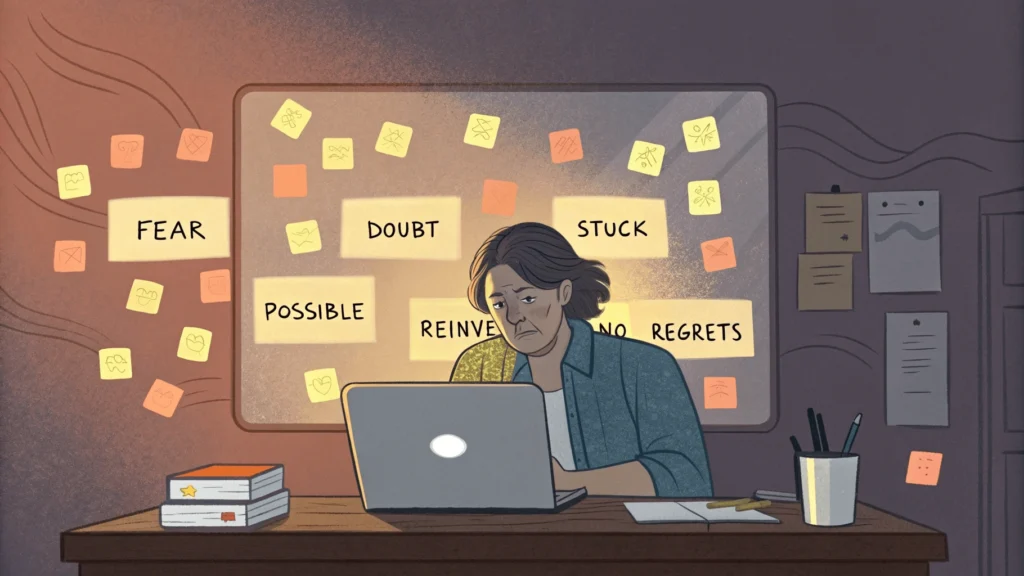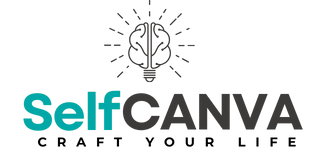Intriguing Question:
“At 40+, is switching careers just a pipe dream—or is it the secret to reinventing your life?”
Let’s get real: For decades, you’ve been told that “40 is the new 30”… but what if it’s also the perfect time to reboot your career? The truth? Age is just a number when you’re armed with the right plan. This guide shows you how to pivot fearlessly—and build a career you love, no matter your age.
Table of Contents
Step 1: Embrace the “Mid-Career Mindset”
Your superpower? Experience.
Yes, you’ve got 20 years of “been there, done that” under your belt. Use it!
How to Shift Your Thinking:
- Swap fear for curiosity: Ask, “What’s one small step I can take today?” instead of “What if I fail?”
- Reframe “old” as “wise”: Employers love candidates who bring proven problem-solving skills.
- Celebrate “non-career” wins: Volunteering, parenting, or hobbies teach transferable skills (like leadership or time management).

Creative Alternative:
Try a “mini-pivot” first! Dabble in your new field via freelancing, part-time projects, or certifications while keeping your current job.
Step 2: Audit Your Skills and Values
Figure out what you’re already great at—and what matters most now.
Action Plan:
- List your skills: Think beyond your job title (e.g., “public speaking” or “Excel wizardry”).
- Identify your values: Rank things like “flexibility,” “impact,” or “creativity.”
- Use the SWOT method:
- Strengths: What do others compliment you on?
- Weaknesses: What can you outsource or learn?
- Opportunities: What’s trending in your desired field?
- Threats: How to counter age bias (more on this later!).

Creative Alternative:
Take a free personality test (e.g., StrengthsFinder ) to uncover hidden strengths.
Step 3: Map Your New Career Path
Turn your “maybe” into a “master plan.”
Your 3-Step Roadmap:
- Explore options:
- Research jobs that match your skills/values (e.g., project manager → event planner).
- Talk to people in the field via LinkedIn or coffee chats.
- Create a timeline:
- 3 months: Skill-building (online courses, workshops).
- 6 months: Networking and informational interviews.
- 9 months: Apply for jobs or launch a side hustle.
- Build a “no-regrets” backup plan:
- Save 3–6 months of expenses.
- Keep your current job while transitioning.
Creative Alternative:
Join a mentorship program to fast-track your learning. Platforms like MentorCruise connect you with pros in your desired field.
Step 4: Build a “Rebranding Blueprint”
Update your “personal brand” to land your new role.
Do This Now:
- LinkedIn overhaul: Highlight transferable skills. Example:
“Former retail manager turned data analyst: 15 years of team leadership + new Excel/Python skills.” - Resume tweaks: Focus on results, not dates.
“Increased client retention by 30%” > “Managed team from 2015–2023.” - Practice your “story”: Prepare a 30-second pitch explaining why your experience makes you a star candidate.

Creative Alternative:
Create a portfolio website (even if you’re not creative!). Tools like Canva or Wix make it easy to showcase projects/skills.
 Conclusion: Your Turn to Reset!
Conclusion: Your Turn to Reset!
Changing careers after 40 isn’t about starting over—it’s about leveling up . Start with one step today: Audit your skills, update your LinkedIn, or chat with someone in your dream field. Remember, the biggest risk is staying stuck in a job that drains your joy.
Your mission (should you choose to accept it):
- Pick one action from this guide.
- Do it this week.
- Celebrate your progress!
FAQs: Answering Your Burning Questions
1. “Is 40 too old to start over?”
Nope! Companies crave candidates with maturity and adaptability. Focus on how your experience solves problems.
2. “How do I handle age bias?”
Highlight your resilience and work ethic. Example: “I’ve navigated multiple industry changes—this one’s no different.”
3. “Will I earn less in a new field?”
Not necessarily! Many career changers start lower but climb faster. Focus on long-term growth.
4. “What if I fail?”
You won’t! By planning strategically and starting small, you reduce risk. Think of it as a “career upgrade,” not a leap.

Your future starts now. What’s your first move?

